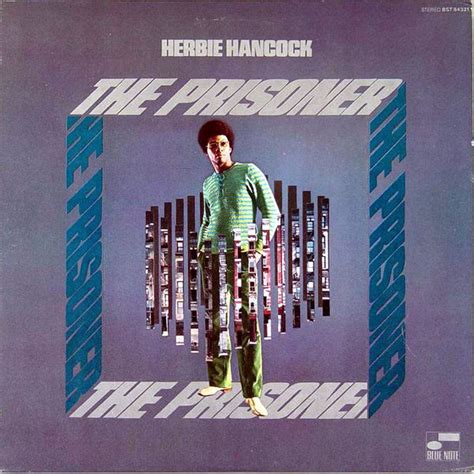The following is from William Walsh’s class presentation:
Herbie Hancock – The Prisoner (1969)

Content:
- Herbie Hancock is a renowned jazz pianist and composer
 His 1969 album The Prisoner was recorded and released in the year following Martin Luther King Jr.’s assassination
His 1969 album The Prisoner was recorded and released in the year following Martin Luther King Jr.’s assassination
- Dedicated in his memory
- Tackles issues such as discrimination against African-Americans and general inequality in society
Songs:
- https://youtu.be/FH_ShhJnPPk?t=4m27s (4:26 – 5:07)
- Martin Luther King Jr.
- Optimistic tone, lacks a strong root
The Prisoner:
- https://youtu.be/9eSI-jnazIE?t=16s (0:16 – 0:40)
- 5/8 section
- Minor second interval
- Frantic
Firewater:
- Duality between oppressed and oppressor
- Violence vs. peace: smooth music with occasional stabs
He Who Lives in Fear:
- https://youtu.be/TdN-qwS7lRs?t=18s (0:18 – 0:53)
- Explores intimidation experienced by Martin Luther King for condemning racism
- Establishes a fearful atmosphere
Promise of the Sun:
- “The sun promises life and freedom to all living things, and yet blacks are not yet free” (Herb Wong)
Conclusions:
- Hancock uses music to incite emotions in the listener and to portray prejudice and oppression.
- By drawing attention to these issues, he hopes to memorialize Dr. King and spread his message of equality.
Discussion Questions:
- How can music communicate a message or an emotion without using words?
- Do you feel the issues discussed by Hancock on this album are still apparent today?
- What are some modern-day examples of music that, like The Prisoner, comments on societal issues?


